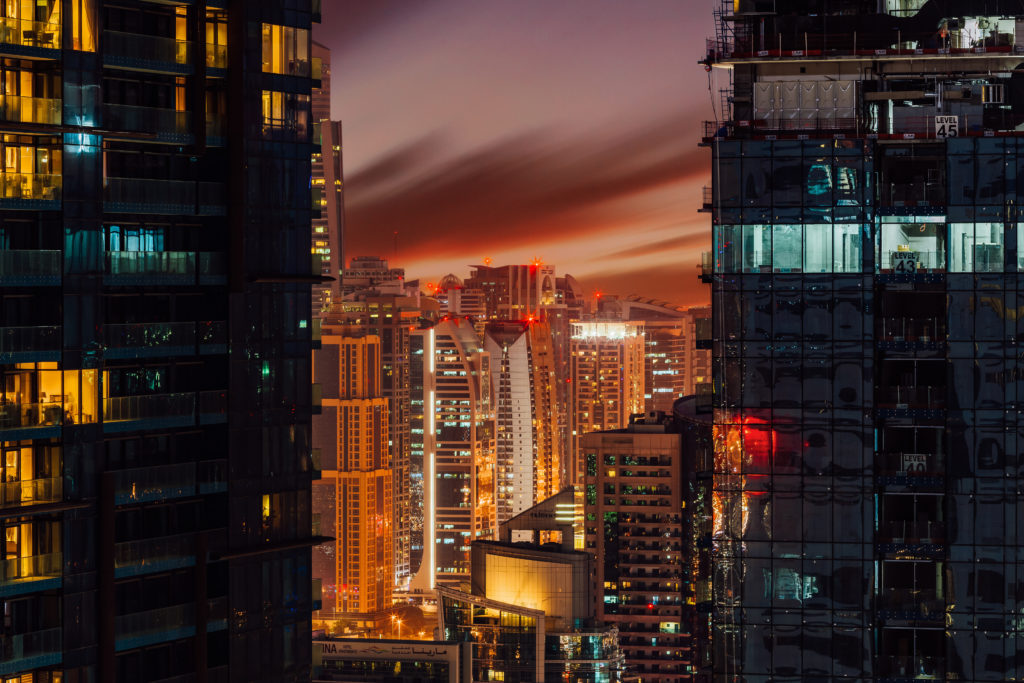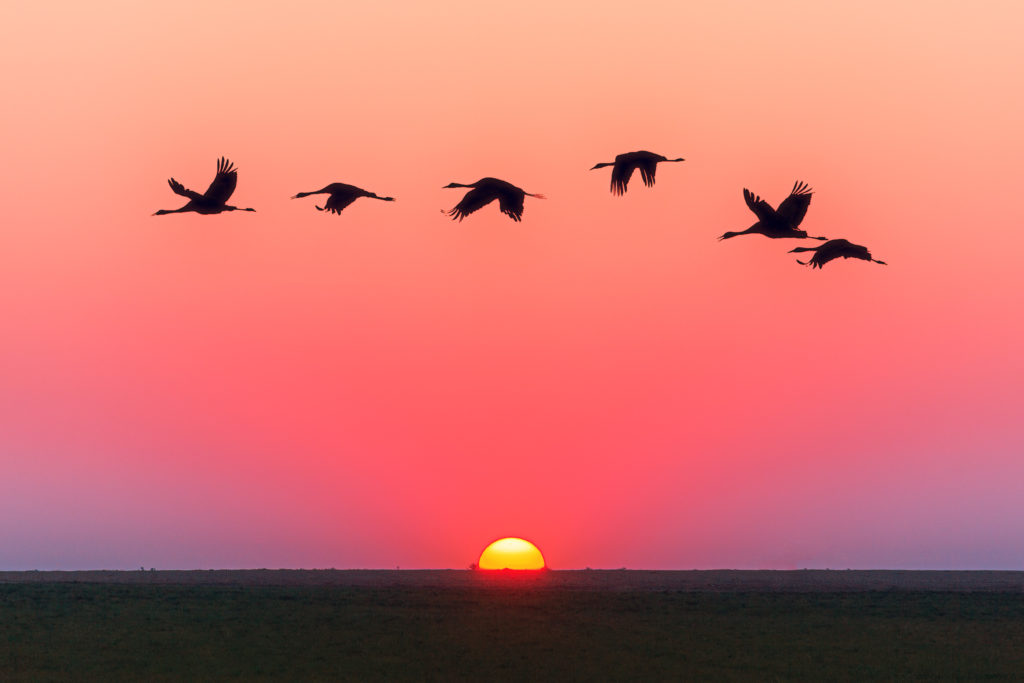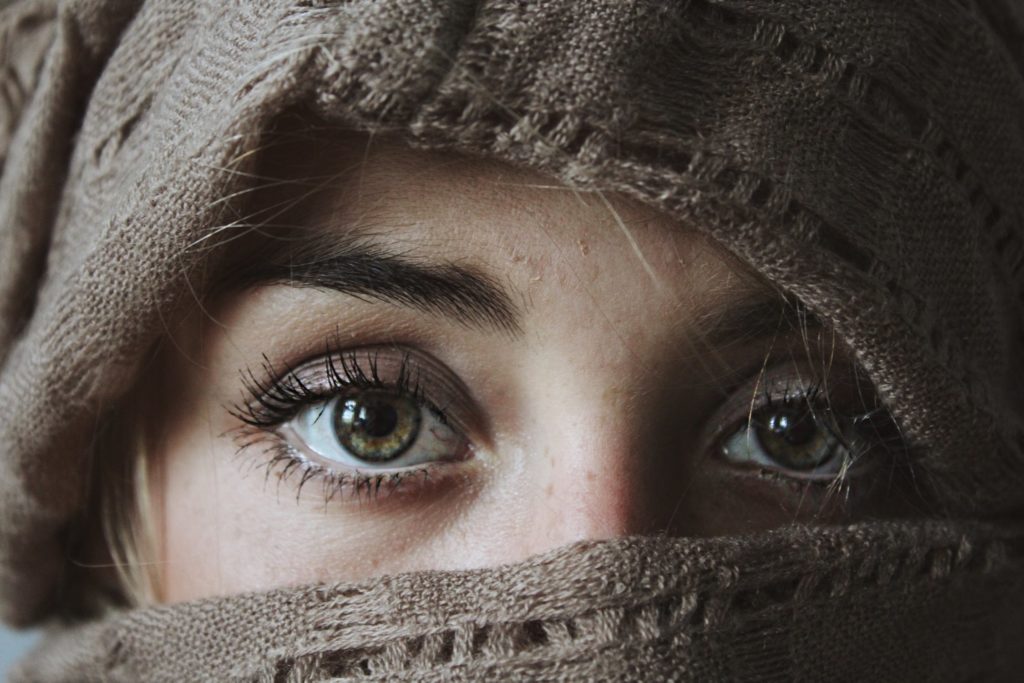What we all want are super sharp photographs. We rarely print our photos today. Technology has taken over and instead, we use devices with ultra-high definition screens to display our images.
The more the technology evolves, the greater the demand for producing high-quality photos. The images need to be sharp, in-focus with vibrant colors and superb quality.
How can we produce such quality in photography so we can replay and enjoy it on our 5K computer monitor?
Here’s a list of 10 keys to super sharp photographs.

Manual Mode
- Use Manual Mode: Get full control of your camera. When you feel more confident on how to get the right exposure and compose a good-looking image, switch your camera to manual mode. This mode will give you the ability to have full control of your camera’s settings and result in sharper photographs.
Further Learning:
- 10 Reasons Why You Should Use Manual Focus
- Manual Mode Mastered – Here’s What to Learn Next
- Use These Tricks To Improve Your Manual Focusing Skills.

The Exposure Triangle
- Use the right Aperture: Most lenses have a “sweet spot”. This spot is a specific focal length and aperture the lens performs best. If you can’t find this information, use aperture values from f/4 to f/11. You can also take sharp images in lower f-stop numbers when your subject is closer to you or when you want to separate it from the background.
- Use the correct Shutter Speed: You never want your photos to be blurry and out of focus. In bright daylight, use a faster shutter speed of at least 1/125sec. For better results, if your camera or lens doesn’t support image stabilization, use a tripod. The fastest the shutter speed, the better the image quality and sharpness you’ll get.
- Keep ISO low: ISO is your camera’s sensor sensitivity. Higher ISO values add more noise in your photos. In situations when you have plenty of natural light, keep your ISO as low as possible (i.e. 50, 100 or in some Fujifilm cameras 200). The lower the ISO, the better the image quality.
Further Learning:
- The Exposure Triangle and How it Affects Your Photos
- This is Why Knowing the Exposure Triangle Will Make You a Better Photographer
- 7 Essential Resources To Help You Understand Exposure
Focusing Modes
- Single-Point Focusing Mode: Control where your camera will be focusing. In some camera systems, you also have the option of “flexible spot” where you can move the focus point anywhere you want. By focusing quickly on your subject, you end up taking crisp and detailed images. This mode is ideal for landscape photography or when your subject is not moving.
- Continuous Focusing Mode: If you’re photographing action and your subject is moving fast, you should switch to Continuous AF mode. This way the camera can think faster and track your subject while it’s moving. Make sure your shutter speed is at least 1/250sec.
- Manual Focusing Mode: In some occasions, the autofocus can fail and result in hunting between your subject and the background. This is when you need to switch to manual focusing mode and take control of the focus. By focusing correctly on your subject, you have more chances to get sharper photos. This mode is also ideal for night and astrophotography.
Further Learning:
- Get Sharp Images Now – Use Your Camera’s Focusing Tools
- Know Your DSLR Camera: What Do All the Controls Mean?
- This is How the Focussing System on Your Camera Works

Portraits
- The ideal setting shooting super sharp portraits are:
- Switch your camera to “Single Point Spot Auto Focus”.
- Get some distance from your model. Sometimes the camera can focus better when you’re further away.
- Have the camera at the same level as the model.
- Keep your camera steady. Use lenses with built-in Image Stabilization or buy a tripod.
- Focus on the eyes.
- Use low ISO.
- Use a 50mm or 85mm lens with f/1.2, f/1.4 or f/1.8 aperture.
Further Learning:
Landscapes & Street Photography
- The best ways to take sharper landscape and street photos are:
- Start by using a tripod. It will give you the stability to frame your shot.
- When you use a tripod to take a photo, switch off the image stabilizer. If you leave it on, it might create motion blur.
- Get everything in focus by decreasing the aperture to f/11.
- Use a cable release or a phone app to release the shutter and prevent movement or shake.
- Use wide-angle or mid-telephoto zoom lenses for best results.
Further Learning:
- Landscape Photography: Everything You Wanted to Know
- 9 Easy Tips for Sharper, Punchier Street Scenes
- Manual Focus Vs. Auto Focus: Which Wins For The Street Photographer?
Camera Sensor and Lenses
- Invest in a good lens: Sharpness and image quality doesn’t come only from the camera’s sensor. You also need to have good optics. The better the quality of the lens, the more you will maximize your image sharpness.
Further Learning:
- Which Camera Lens Should You Choose? Here Is An Overview To Get You Started
- Top 5 Vintage Lenses You Should Try
- How To Choose A Macro Lens
It takes time and effort to learn how to take super sharp photographs. The first thing you need to do is to know your camera features and settings. Then, practice in manual mode by choosing different focusing areas. Invest in a good lens and tripod. The more you take photos in different settings and modes, the better you will understand how things work. Eventually, you will be able to increase your photography skills and take super sharp photographs!






2 Comments
Most points can be taken as great advise. Grouping settings for landscape and street photography should not in my opinion. These should not be dealt with in one section since they take very different approaches. Street-photography deals with sudden impulses, taking chances, looking around for subjects. That does not coincide with the use of tripods. Actually sharpness should not be taken too seriously in street-photography, whereas in landscape it is a must. In street-photography zone-focusing could be beneficial. Instead of grouping landscape with street photography it could be better to group it with architecture photography.
Any discussion of focusing and depth of field needs to address hyperfocal distance and how the choice of lens affects that.